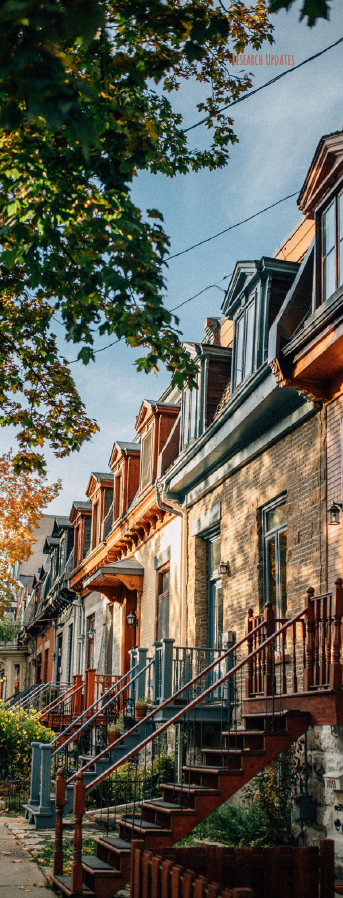 NLIHC’s annual The Gap: A Shortage of Affordable Homes report helps quantify the shortage of affordable and available homes for the lowest-income renters in the U.S. In the report released in March 2021, NLIHC found that there are only 37 affordable and available homes for every 100 extremely low-income renters. There is a shortage of nearly 7 million affordable and available homes for the 10.8 million extremely low-income renter households across the country. As a result, 70% of these households are severely housing cost-burdened, spending more than half of their incomes on rent and utilities. This shortage is a long-term problem that requires significant government action. The market on its own will never produce an adequate supply of affordable, accessible homes for all renters.
NLIHC’s annual The Gap: A Shortage of Affordable Homes report helps quantify the shortage of affordable and available homes for the lowest-income renters in the U.S. In the report released in March 2021, NLIHC found that there are only 37 affordable and available homes for every 100 extremely low-income renters. There is a shortage of nearly 7 million affordable and available homes for the 10.8 million extremely low-income renter households across the country. As a result, 70% of these households are severely housing cost-burdened, spending more than half of their incomes on rent and utilities. This shortage is a long-term problem that requires significant government action. The market on its own will never produce an adequate supply of affordable, accessible homes for all renters.
There are racial and ethnic disparities in who is likeliest to suffer because of this affordable housing shortage. People of color are much more likely than white people to have extremely low incomes, and they are more likely to be renters. While 6% of all white, non-Latino households are extremely low-income renters, 20% of Black households, 18% of American Indian or Alaska Native households, and 14% of Latino households are extremely low-income renters.
The shortage of affordable and available homes for the lowest-income renters is also a shortage of accessible homes. Renters with disabilities and older renters with impairments are likely to struggle to find adequate homes that meet their needs. Thirty percent of extremely low-income renter households are seniors, with a head of household 62 years or older. In another 18% of extremely low-income renter households, one adult member of the household has a disability. Together they account for over 5 million households. These households are likelier to need particular accessibility features like grab-bars, extra-wide hallways, or entry-level bedrooms, which further limit their housing options. As of 2011, though, just 3.5% of all homes had these basic accessibility features (Joint Center for Housing Studies, 2020). While homeowners and higher-income households can add such features, the lowest-income renters often cannot. As a result, extremely low-income older renters and renters with disabilities often face an even more severe struggle to find an affordable, available, accessible home.
When individuals and families are housing cost-burdened, they often have to cut back on basic necessities like food, transportation, and healthcare, and they often have no ability to save for emergencies. COVID-19 was just such an emergency. The vast majority of jobs lost in 2020 were held by the lowest-wage workers, who were less likely to be able to perform their jobs remotely. Black people, Native Americans, and Latinos are more likely than white people to experience homelessness or overcrowding, and they were at greater risk of contracting the virus. At the height of the pandemic, over 30% of the lowest-income renters said they had fallen behind on rent, and half of them anticipated an eviction if they did not receive help. Renters with mobility issues, difficulty seeing or hearing, or cognitive limitations were all more likely than renters in general to have fallen behind.
